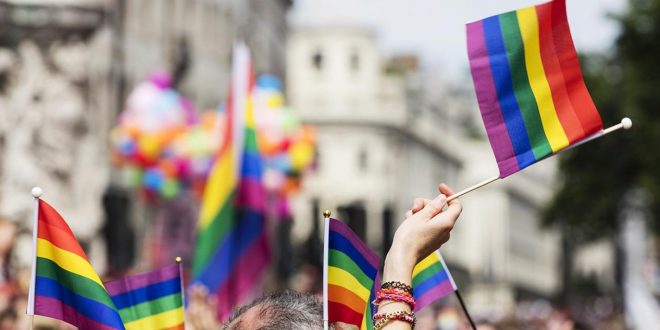Pride flags are colorful symbols that are used to represent the LGBTI+ community and celebrate diversity and inclusion. These flags have a long and fascinating history, and they have come to symbolize the strength, resilience, and pride of the LGBTI+ community.
The most well-known pride flag is the rainbow flag, which was designed by artist Gilbert Baker in 1978. The rainbow flag is meant to be a symbol of hope and unity, with each color representing a different aspect of the LGBTI+ community. The original rainbow flag consisted of eight colors, each with its own meaning: pink for sex, red for life, orange for healing, yellow for sunlight, green for nature, turquoise for magic, blue for serenity, and purple for spirit.
Since the creation of the rainbow flag, there have been many variations and adaptations of the design. One notable example is the rainbow flag with a brown and black stripe, which was created to represent LGBTI+ people of color and to address the lack of diversity within the community. Other variations include the rainbow flag with a pink, light blue, and white stripe, which represents the transgender community, and the rainbow flag with a white stripe, which represents people who are asexual or questioning their sexual orientation.
In addition to the rainbow flag, there are many other pride flags that represent specific identities within the LGBTI+ community. For example, the bisexual pride flag consists of three stripes: pink for attraction to the same gender, blue for attraction to the opposite gender, and purple for attraction to both genders. The pansexual pride flag consists of three stripes: pink for attraction to people of the same gender, blue for attraction to people of the opposite gender, and yellow for attraction to people of all genders.
Pride flags have become an integral part of LGBTI+ culture and are used to show support and solidarity with the community. They can be seen at pride parades and events, as well as on social media, storefronts, and other public spaces. These flags serve as a powerful symbol of hope, unity, and acceptance, and they have helped to create a sense of belonging and community for LGBTI+ individuals around the world.
 Lesbian, Gay, Bisexual, Transgender & Intersex News Lesbian News, Gay News, Bisexual News, Transgender News, Intersex News, LGBTI News
Lesbian, Gay, Bisexual, Transgender & Intersex News Lesbian News, Gay News, Bisexual News, Transgender News, Intersex News, LGBTI News




